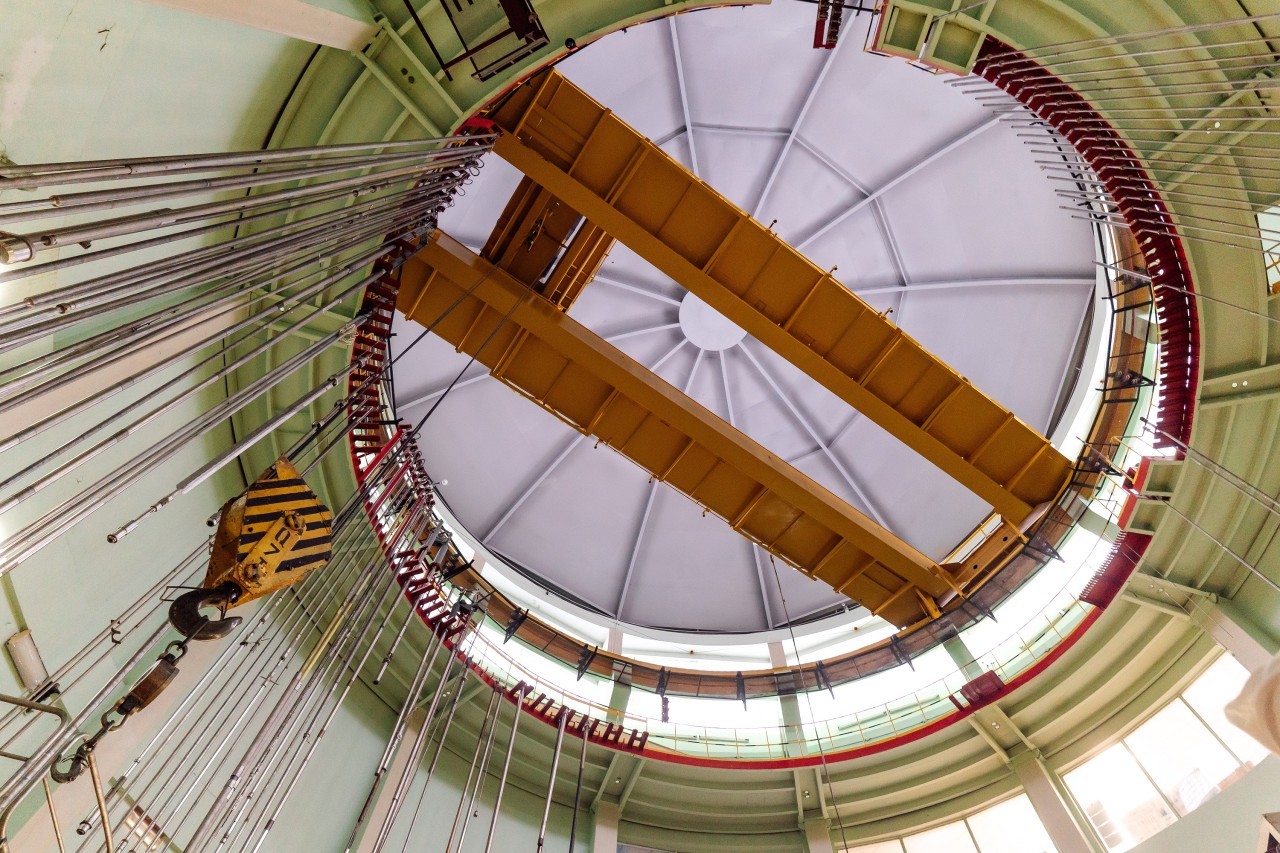 Mixed uranium-plutonium oxide (MOX) fuel elements intended for VVER reactors are now being tested using the Mir research reactor at the Research Institute of Atomic Reactors (NIIAR – part to Rosatom) in Dimitrovgrad (Ulyanovsk region). Based on the results of the tests and further investigations, Rosatom scientists aim to justify the efficiency and safety of the operation of MOX fuel in VVER reactors, which are widely used in Russia as well as at Russian-designed NPPs abroad.
Mixed uranium-plutonium oxide (MOX) fuel elements intended for VVER reactors are now being tested using the Mir research reactor at the Research Institute of Atomic Reactors (NIIAR – part to Rosatom) in Dimitrovgrad (Ulyanovsk region). Based on the results of the tests and further investigations, Rosatom scientists aim to justify the efficiency and safety of the operation of MOX fuel in VVER reactors, which are widely used in Russia as well as at Russian-designed NPPs abroad.
This is a further step towards closing the nuclear fuel cycle. Currently, in Russia, MOX fuel is produced only for fast neutron reactors, including the BN-800 reactor at the Beloyarsk NPP. For VVER reactor plants Rosatom has developed uranium-plutonium REMIX fuel, which is used in VVER-1000 units.
REMIX (regenerated mixture) fuel is an innovative Russian development for light-water thermal reactors, which is made from a mixture of reprocessed uranium and plutonium, with the addition of enriched uranium. The content of plutonium in REMIX fuel is up to 1.5%. MOX fuel is a mixture of oxides of plutonium separated from used fuel, as well as oxides of depleted uranium, which is a by-product of uranium enrichment. MOX fuel for VVERs is expected to contain approximately 5.5-7.5% plutonium. This will ensure greater flexibility and efficiency in the use of regenerated nuclear materials and optimise the costs of fabricating uranium-plutonium fuel during the transition to its large-scale implementation.
“Today, as in the past, nuclear fuel for VVERs is enriched natural uranium, and in a few cases regenerated uranium. However, in the near future, having confirmed a preference for uranium-plutonium fuel, we will be able to offer the full range of possibilities for fuel composition, depending on the requirements of the reactor installation and the fuel cycle strategy,” says Alexander Ugryumov, Senior Vice President at fuel company TVEL. “Given that the basis of nuclear energy is light-water thermal reactors, we will be able to expand their resource base, process irradiated fuel instead of storing it, and significantly reduce the volume of nuclear waste generated.”
For tests in the Mir reactor, 21 tests assemblies were developed and manufactured by TVEL enterprises including the AА Bochvar Research Institute of Inorganic Materials (VNIIINM), Novosibirsk Chemical Concentrates Plant (NCCP) and the Siberian Chemical Combine (SCC). These have a plutonium content of 5-12%. Initially 12 have been loaded into the reactor and the other nine will be will be gradually added to replace them as they are removed for post-reactor examination.
“In order to obtain the necessary experimental data, our specialists have completed all the necessary preliminary work, said NIIAR Director Alexander Tuzov. “In particular, test methods were developed and preliminary calculations were performed, a material research programme and design documentation was prepared. We can undertake a complete set of both reactor and post-reactor studies.”
Image: The Mir reactor (courtesy of Rosatom)






